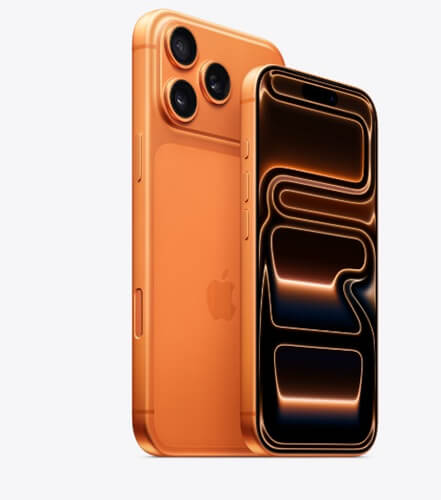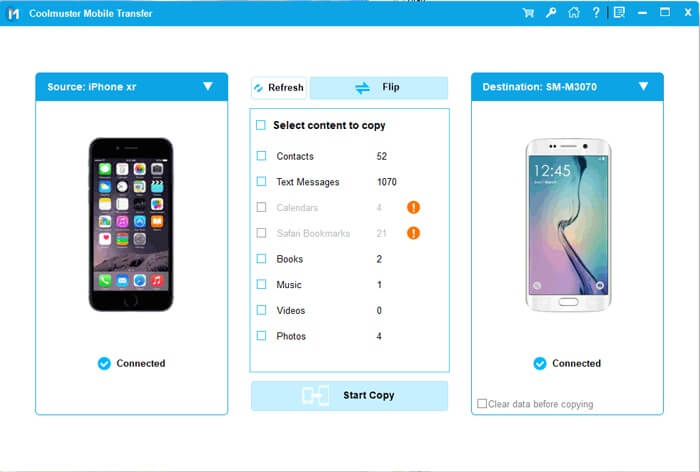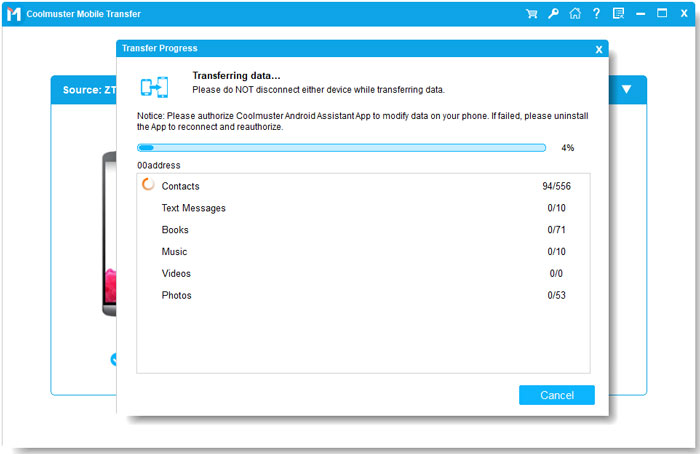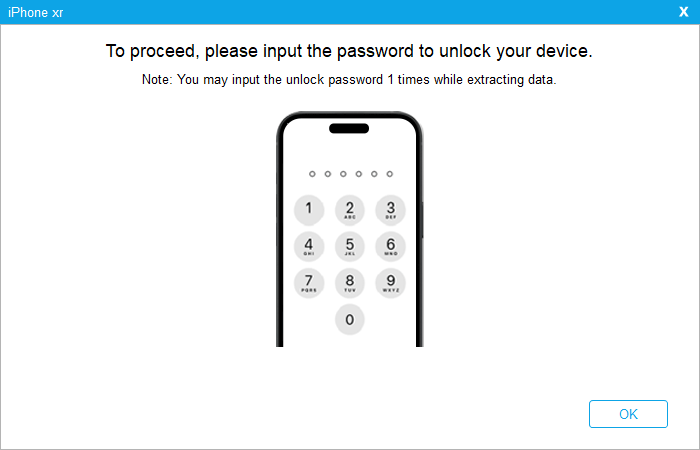
Google Pixel 10 vs iPhone 17/17 Pro/Air - Which One Should You Buy?

"I've had iPhones basically since they first came out. I recently had the chance to use the Pixel 10 Pro and really liked it, but I'm having a hard time deciding if to give the Pixel 10 Pro a chance or wait for the 17 Pro?"
- From Reddit
Choosing between the Google Pixel vs iPhone 17 can be a tough decision, as both represent the pinnacle of today's smartphone technology. With the iPhone 17 and Google Pixel 10 now available, users often find themselves torn between Apple's seamless ecosystem and Google's AI-powered innovation. The Pixel has even been called "the iPhone running Android", while the iPhone 17 continues Apple's tradition of powerful performance and elegant design.
In this article, we'll first provide a comprehensive overview of both the Pixel 10 and iPhone 17 families, helping you understand the strengths of each lineup. Then, we'll dive into the head-to-head comparison between the Pixel 10 Pro and iPhone 17 Pro - the true flagship competitors - so you can make an informed decision about which device best fits your needs and lifestyle.
![]()
Both Apple and Google offer multiple models to suit different users. Apple launched three devices in its iPhone 17 family - iPhone 17, iPhone 17 Air, and iPhone 17 Pro. Google, on the other hand, has expanded the Pixel lineup further with Pixel 10, Pixel 10 Pro, Pixel 10 Pro XL, and Pixel 10 Pro Fold.
Here's a quick overview of their main specifications:
![]()
From the table, we can see that Apple keeps its lineup simple with compact, mid-size, and Pro versions, while Google offers more variety, including an extra-large model (XL) and a foldable model for tech enthusiasts.
Now that we've had a quick look at the overall specifications of both the iPhone 17 and Pixel 10 families, it's time to dive deeper into a more detailed comparison between the iPhone 17 Pro and Pixel 10 Pro. These two devices are the top-tier offerings from Apple and Google, and they represent the pinnacle of performance, design, and innovation in their respective ecosystems.
The appearance of a phone often forms the user's first impression. Both the Pixel 10 Pro and iPhone 17 Pro feature a 6.3-inch screen. The Pixel 10 Pro comes with Corning Gorilla Glass Victus 2 for its scratch-resistant display and a matte-finished Corning Gorilla Glass Victus 2 back cover. The polished aerospace-grade aluminum frame, made from 100% recycled aluminum, adds a slightly heavier weight.
On the other hand, the iPhone 17 Pro focuses on premium craftsmanship with its heat-forged aluminum unibody design, maximizing performance, battery life, and durability while offering a lighter and more convenient one-handed operation. In terms of colors, Apple leans towards classic and elegant tones, while Google targets a trendier, youthful vibe.
![]()
Winner: iPhone 17 Pro
The titanium build and lighter, more compact design give iPhone 17 Pro a more premium edge.
Both the Pixel 10 Pro and iPhone 17 Pro feature 120Hz refresh rate displays, but they differ significantly in terms of screen specifications, brightness, and overall performance.
When it comes to performance, the Pixel 10 Pro relies on Google's custom Tensor G5 chip, optimized for AI and machine learning tasks, providing a smooth user experience. Meanwhile, the iPhone 17 Pro is powered by the A19 Pro chip, continuing Apple's leadership in terms of processing power and energy efficiency.
![]()
Winner:
Display: Pixel 10 Pro for its superior brightness and contrast ratio, ideal for vivid visuals and HDR content.
Performance: iPhone 17 Pro for its top-tier A19 Pro chip, providing faster processing and greater efficiency across a wider range of tasks.
When it comes to cameras, the Pixel 10 Pro and iPhone 17 Pro each have their strengths, with different areas of focus.
The Pixel 10 Pro is renowned for its advanced computational photography and AI capabilities. It features a 50MP main camera and a 48MP ultra-wide lens, which perform exceptionally well in low-light conditions. Google's AI algorithms enhance photo quality by optimizing color accuracy and reducing noise, making it a great choice for those who prioritize intelligent image processing and low-light performance.
On the other hand, the iPhone 17 Pro focuses on versatility, offering a 48MP Pro Fusion camera system that includes a 48MP main camera, 48MP telephoto, and 48MP ultra-wide lens. The iPhone 17 Pro also features second-generation sensor-shift optical image stabilization (for the main lens) and 3D sensor-shift optical stabilization (for the telephoto lens). It offers multiple optical zoom options, including 0.5x, 1x, 2x, 4x, and 8x, and enhances photos with features like adaptive True Tone flash, spatial photos, macro photography, Smart HDR 5 for better dynamic range, and next-gen portrait modes with six different lighting effects.

Winner: iPhone 17 Pro
The iPhone 17 Pro wins in camera versatility with its multi-lens setup, advanced zoom options, and cutting-edge stabilization features, offering a broader range of photographic possibilities.
When it comes to battery life, both the Pixel 10 Pro and iPhone 17 Pro offer impressive features, but there are notable differences in their capabilities.
The Pixel 10 Pro comes equipped with a 4870 mAh battery (minimum 4707 mAh) and boasts an extreme power-saving mode that can extend battery life up to an impressive 100 hours. It also supports 30W fast charging and is compatible with Pixelsnap wireless charging, offering a charging speed of up to 15W. This combination ensures that users can enjoy a long-lasting battery life and flexible charging options.
On the other hand, the iPhone 17 Pro features a 4252 mAh rechargeable lithium-ion battery, capable of providing up to 33 hours of video playback. For fast charging, it supports charging up to 50% in just 20 minutes when paired with a 40W or higher adapter and a USB-C charging cable. Additionally, it can charge up to 50% in 30 minutes with a 30W or higher adapter and a MagSafe charger.

Winner: Google Pixel 10 Pro
The Pixel 10 Pro takes a clear lead in battery life, with a 4870 mAh battery (minimum 4707 mAh), which is larger than the iPhone 17 Pro's 4252 mAh. What really sets it apart is its super-efficient power-saving mode, which allows it to last up to 100 hours. While the iPhone 17 Pro does offer fast charging, the Pixel 10 Pro's longer battery life makes it the winner in this category.
The Pixel 10 Pro runs Android 16, offering a clean, unmodified experience with exclusive Google features like real-time translation, Google Assistant, and call screening. It's the ideal choice for users deeply invested in the Google ecosystem (such as Gmail, YouTube, Google Photos, and Nest), and its advanced AI provides a more personalized experience. Additionally, the Pixel 10 Pro supports only eSIM, enhancing connectivity flexibility.
On the other hand, the iPhone 17 Pro runs iOS 26 and is seamlessly integrated into the Apple ecosystem, delivering a smooth and efficient experience. It features innovative tools like visual intelligence and writing assistance to make everyday tasks easier, along with Wi-Fi, Bluetooth, 5G connectivity, and eSIM for fast, secure communication. In terms of security, the iPhone 17 Pro includes satellite information and other enhanced protection features for peace of mind. Design touches like automatic call answering further enhance usability.

Winner: If you prefer openness and AI-driven features, the Pixel 10 Pro is the better choice; if you value system optimization and cross-device integration, the iPhone 17 Pro comes out on top.
Finally, when it comes to price, the Pixel 10 Pro provides better value for money. Starting at $999 for the 128GB model, it delivers flagship-level performance and features at a more affordable price. On the other hand, the iPhone 17 Pro starts at $1,099 for the 256GB version, with prices going up to $1,499 for the 1TB model. Although priced higher, the iPhone justifies its cost with premium materials, an advanced camera system, more storage, and seamless integration into the Apple ecosystem.
![]()
Winner: Google Pixel 10 Pro
Google Pixel 10 Pro offers flagship-level performance at a more affordable starting price of $999, while the iPhone 17 Pro comes with a higher price tag but justifies it with premium features.
Switching from one smartphone to another can be a daunting task, especially when the devices run on different operating systems. Whether you're moving from a Pixel to an iPhone or vice versa, Coolmuster Mobile Transfer is here to simplify the process.
Coolmuster Mobile Transfer is a user-friendly tool that allows you to seamlessly transfer data between your Google Pixel and iPhone, no matter the operating system. It supports a variety of data types. With its intuitive interface, even users with minimal technical knowledge can perform a smooth transfer in just a few clicks.
Key features of Mobile Transfer:
How to transfer data from an iPhone to a Google Pixel using Mobile Transfer?
01Download, install, and launch the Mobile Transfer software on your computer. It is compatible with both Windows and Mac.
02Follow the on-screen instructions to connect both your Google Pixel and iPhone to the same computer using data cables. Ensure the source and destination devices are correctly assigned. If needed, click "Flip" to swap the device positions. Once connected, both phones will display as connected.

03Under "Select content to copy", check the boxes next to the types of data you want to transfer. Then, click "Start Copy". The software will automatically and securely transfer all selected data to your other device.

Note: When transferring text messages from iPhone to Android, make sure your iPhone is unlocked. Pay attention to any unlock prompts that appear on your iPhone's screen.

For a step-by-step walkthrough, check out our video tutorial.
When deciding between the Google Pixel 10 and iPhone 17 Pro, there's no one-size-fits-all answer. Both devices offer top-tier performance, but the choice ultimately comes down to your priorities.
The final choice depends on your needs. Regardless of which one you choose, data transfer is the first step when switching devices, and Coolmuster Mobile Transfer makes the process easier and smoother.
Related Articles:
iPhone vs. Android: What's the Difference, and Which One Should You Buy?
How to Transfer Data from Android to Pixel with 4 Easy Methods
How to Transfer Data from a Google Pixel to Another Google Pixel [6 Ways]
Will iPhone 17/17 Pro/Air Have a Physical SIM? Everything You Need to Know





